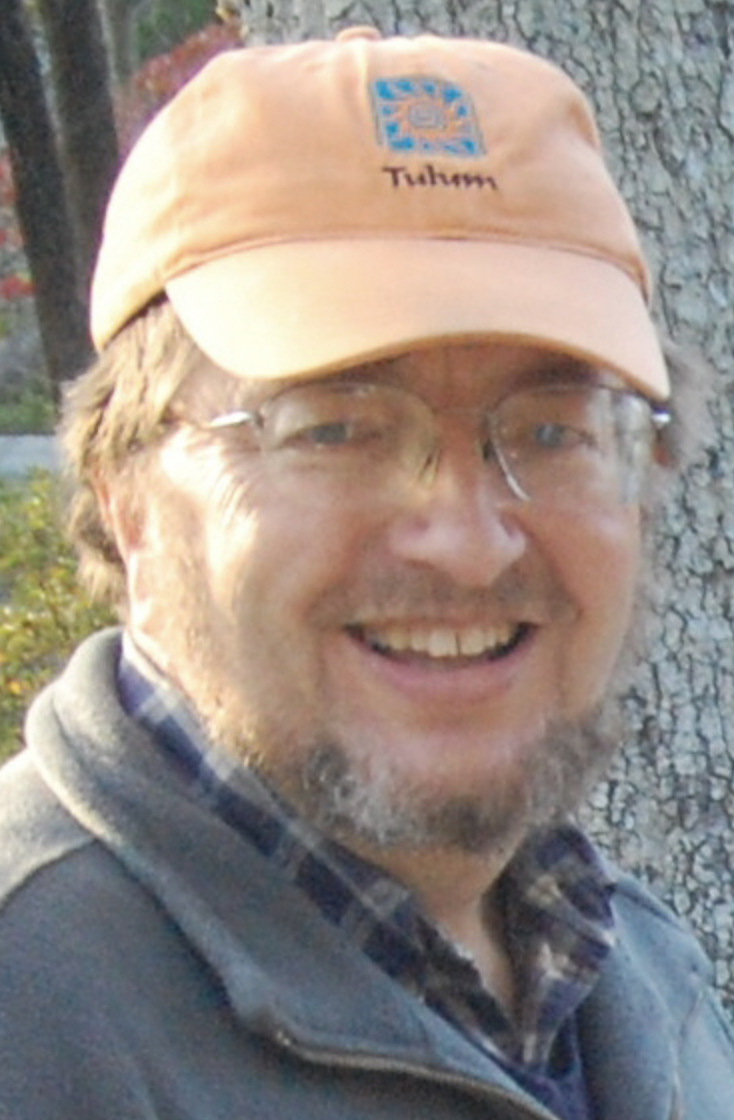
John F. Cooper
Voyager Data Archivist, Space Physics Data Facility, NASA Goddard Space Flight Center
Role on Voyager
Postdoctoral scientist, Cosmic Ray Subsystem team, Caltech 1985 – 1988
Current role
Voyager Data Archivist, Space Physics Data Facility, NASA Goddard Space Flight Center
Hometown
Savannah, Georgia
What is your most meaningful Voyager moment and why?
The five days of January 24 to 28, 1986 — starting when Voyager 2 flew by Uranus (“the planet that got knocked on its side”) and ending with the painful tragedy of the Challenger accident — are forever etched in my memory of unforgettable life experiences.
In the months before the encounter, I had joined the Cosmic Ray Subsystem (CRS) group of Professor Edward Stone at Caltech and begun preparations for analyzing the data on energetic particles that we naively expected from Uranus — a giant planet assumed to resemble Jupiter and Saturn in many ways. We knew — of course — that Uranus was tipped over at 98 degrees to the plane of the solar system, the ecliptic, but we had no inkling that the magnetic field of Uranus would turn out to be so strange, with a 60-degree tilt of the magnetic dipole axis to the rotation axis. It was totally amazing that our team was able to independently confirm the tilt by its effect on the absorption of radiation belt particles by the moons of Uranus.
When Voyager 2 later flew by Neptune in 1989, it was immediately apparent, as I observed in the public reports of that encounter from afar, that the same signatures of a highly tilted magnetic field were in the energetic particle data of that encounter as well. Only later with observations of Kuiper Belt Objects (KBOs) and dynamical models of giant planets, did it become clear that the outer solar system in its earliest days was a very violent place of many big collisions. These collisions knocked over Uranus, affected the internal evolution of the gas giant planets and their magnetic fields and cast most of the original KBOs into interstellar space. My continuing research with data from Voyager’s CRS and other missions, including New Horizons, focuses on how the solar system and local interstellar radiation environments affect the surfaces of the KBOs.
It was easy to be humbled amid knowledge from Voyager and other observations about the early cataclysmic events from which the modern solar system, and we, as a species, arose. Many years before the Uranus and Neptune encounters, we had also learned from Voyager observations that the main rings of Saturn were likely debris from the breakup of an icy moon that came too close to the planet. That finding had a great impact on my own research at that time and continues to influence my current work. But, the tragic end of the Challenger mission in the midst of scientific triumph at Uranus, when we all wept to see that empty sky above Cape Canaveral after the launch, brought much closer to home for me the fragility of life and of our place in the cosmos — that pale blue dot visible to the Voyagers as they sailed out of the solar system.
In eternal memory of the brave crew of Challenger, fare forward, Voyagers.


























